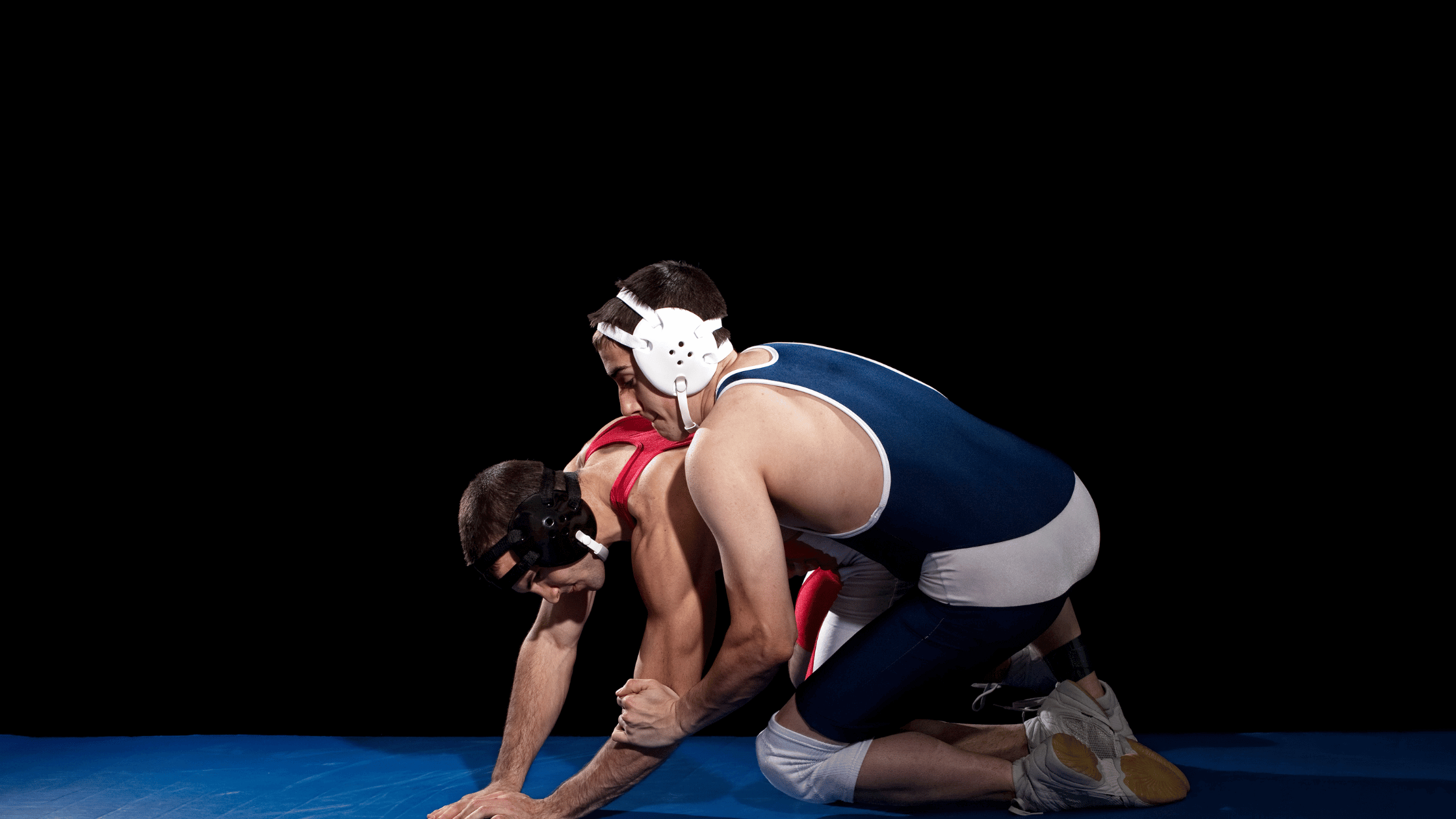The Most Common Wrestling Injuries and How Physical Therapy Can Help

Licensed Physical Therapist, PT, DPT // EW Motion Therapy Homewood
Wrestling is a sport that brings excitement and challenges to athletes. It tests not just your physical strength but also your skills and strategy. But let's face it—this sport can lead to injuries. This article will tackle the most common wrestling injuries and the best prevention methods. Plus, we’ll explore how physical therapy can be a game-changer in your recovery journey.
The most common wrestling injuries
Sprains and strains
What it is: One frequent problem wrestlers encounter is sprains and strains, which happen when muscles and ligaments are overstretched or torn.
How to prevent: Proper warm-ups and stretching can be your first line of defense, along with strength training focused on areas most stressed during wrestling.
Shoulder injuries
What it is: Injuries to the shoulder, such as rotator cuff tears and dislocations, are also quite common among wrestlers.
How to prevent: Engage in shoulder-strengthening exercises and make sure you're using the correct technique, especially during moves involving your shoulders.
Knee injuries
What it is: Knee injuries, like meniscus tears and ACL/MCL injuries, are often a concern for wrestlers, due to the different positions they employ on the mat.
How to prevent: Prevention strategies include using knee braces, mastering proper landing techniques, and incorporating lower-body strength training into your fitness routine.
Skin infections
What it is: Skin infections like ringworm, impetigo, and herpes gladiatorum can affect wrestlers, due to the sweat and friction present in their environment.
How to prevent: Good hygiene, regular mat cleaning, and frequent skin checks can help keep these at bay.
Concussions
What it is: Concussions are traumatic brain injuries that result from blows to the head. They can be severe and have long-lasting symptoms if not treated properly.
How to prevent: Proper headgear, neck-strengthening exercises, and following established guidelines for returning to play can minimize concussion risk.
Ways to avoid wrestling injuries
- Warm-up and cool-down routines: A solid warm-up and cool-down routine should be your starting point. This should involve 10-15 minutes of stretching, jogging, or light drills that prepare your body for the physical demands of wrestling. A cool-down session helps your body recover, reducing the risk of muscle soreness and subsequent injuries.
- Strength and conditioning: A well-conditioned body is less prone to injuries. Include wrestling-specific strength training and conditioning exercises to make yourself more resilient.
- Proper technique: Learning proper technique from a qualified coach can help you avoid bad form, a common reason for injuries. Everything matters, from your stance to your moves and even how you fall.
- Protective gear: Never underestimate the power of good protective gear. Helmets, knee pads, and mouthguards can be life-savers, reducing the risk and severity of injuries.
The role of physical therapy
Physical therapy can be a wrestler’s best friend for several reasons:
- Assessment: A physical therapist can provide a detailed evaluation of your injuries and any movements you need to improve, and develop a treatment plan tailored for you.
- Prevention: Your physical therapist can guide you on how to move to minimize risk, offering an extra layer of injury prevention.
- Rehabilitation: Customized exercises will aid in recovery and strengthen your muscles, making them less prone to future injuries.
- Pain management: Physical therapy techniques, such as ice and heat applications, manual therapy, or ultrasound, can significantly ease pain.
Wrestling is a demanding sport, but you can significantly reduce your risk of injury with the proper measures. Whether you're trying to heal or working to prevent future problems, physical therapy can provide valuable insights and assistance. Remember, the key to being a great wrestler isn't just strength or technique—it's also staying healthy enough to compete. If injuries are holding you back, don't hesitate to schedule a consultation with a physical therapist. They can play an essential role in your recovery and long-term performance in wrestling. Our team at EW Motion Therapy loves helping any athlete work toward their goals with sport-specific programming and individualized treatment plans. If you’re curious about what else physical therapy can do for you, click the button below to download our answers to 20 frequently asked questions.


